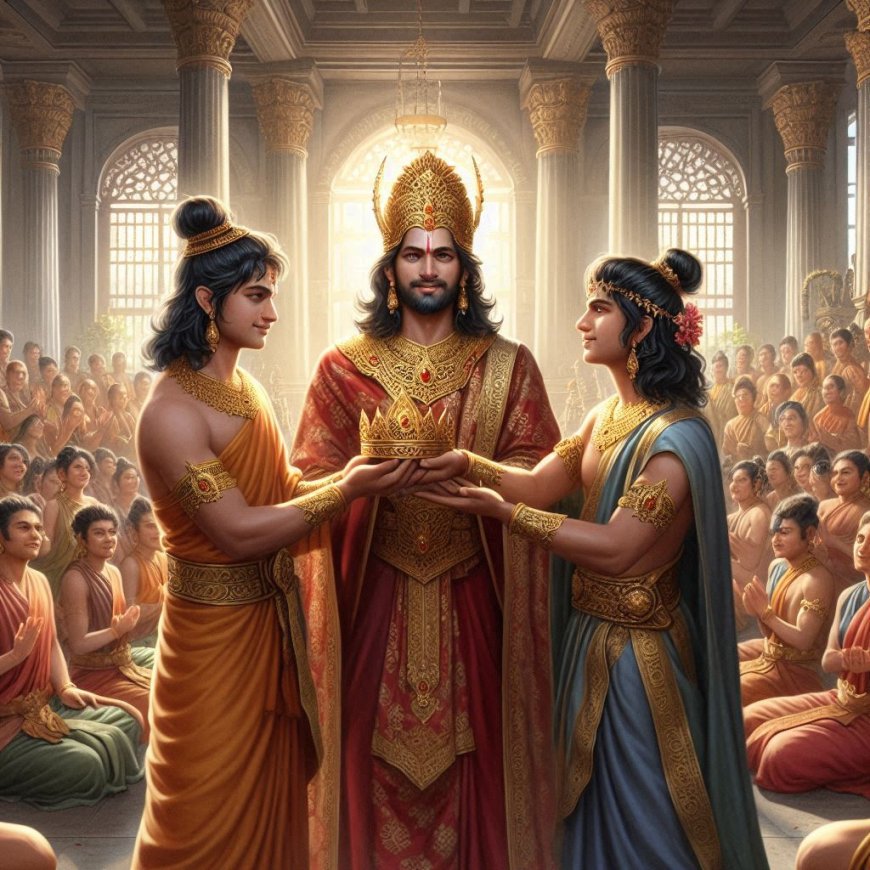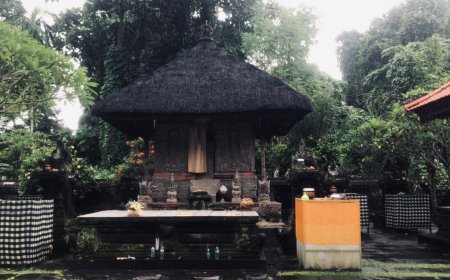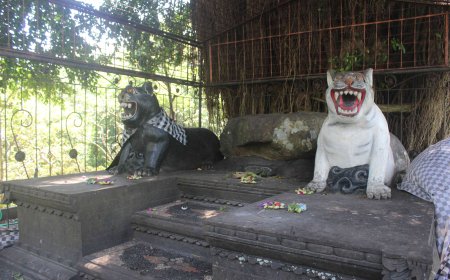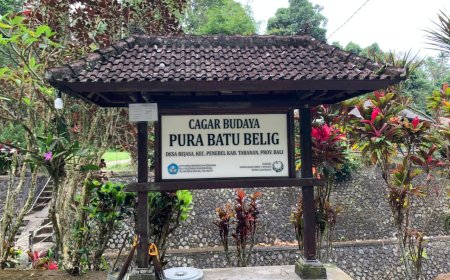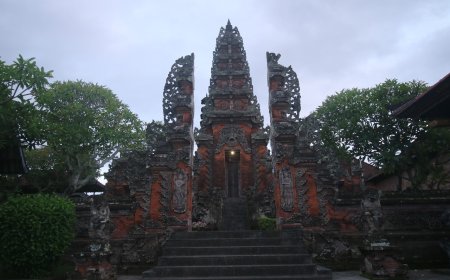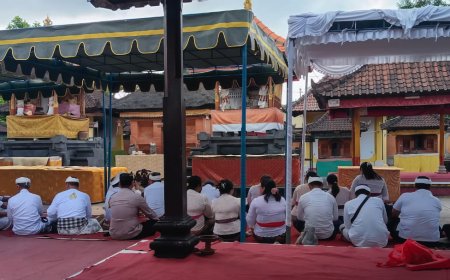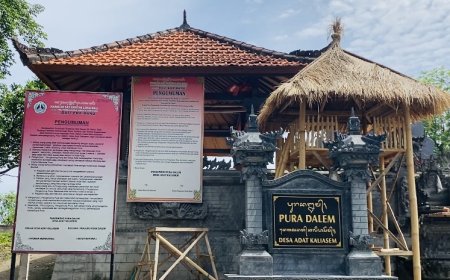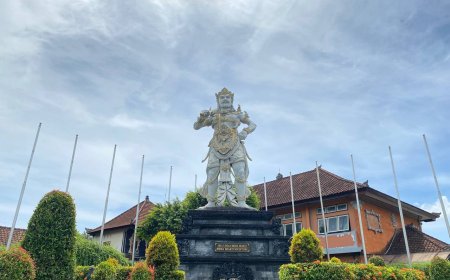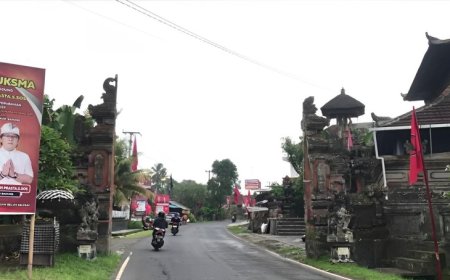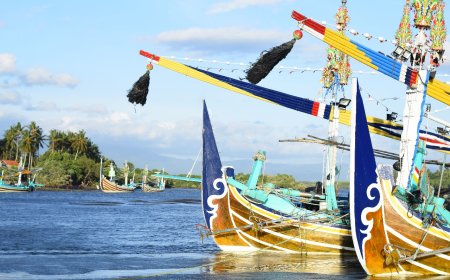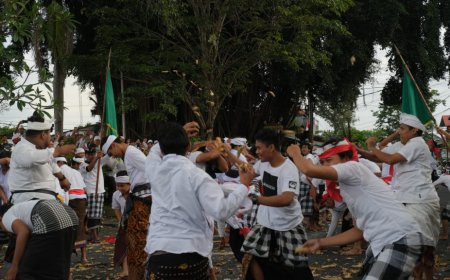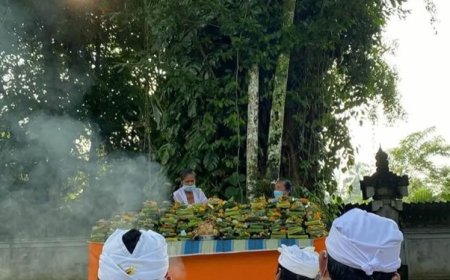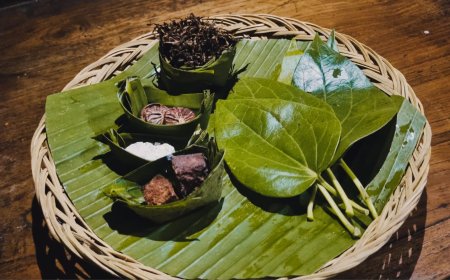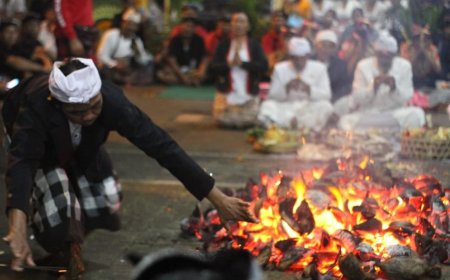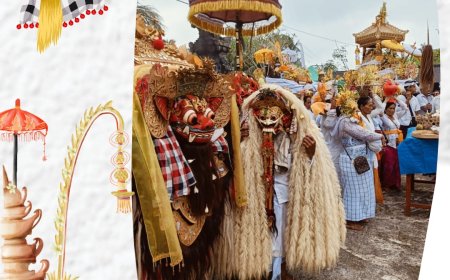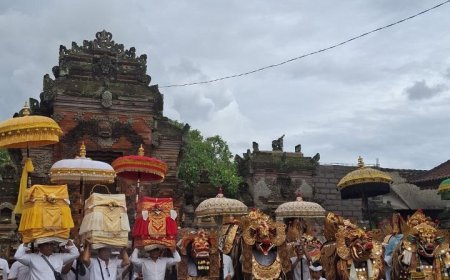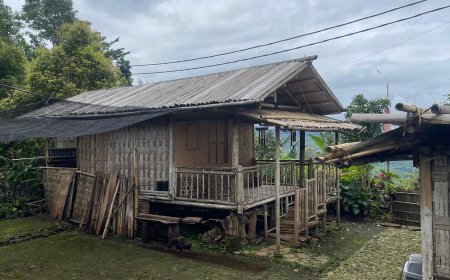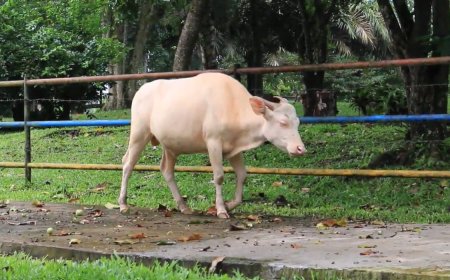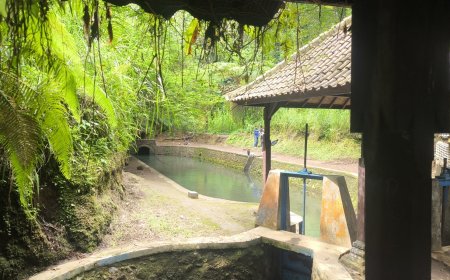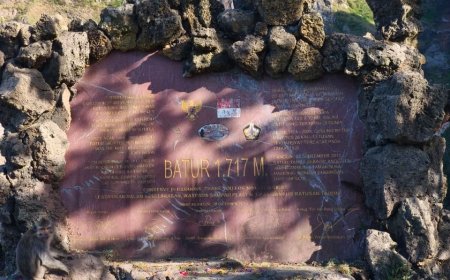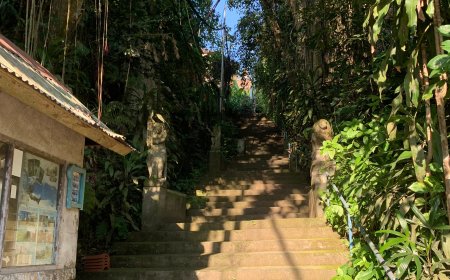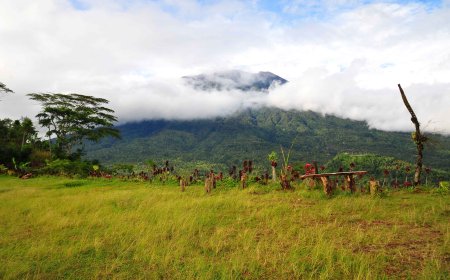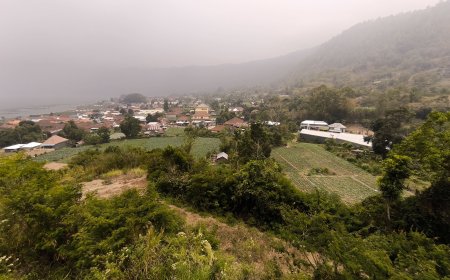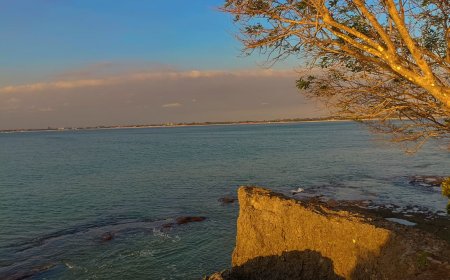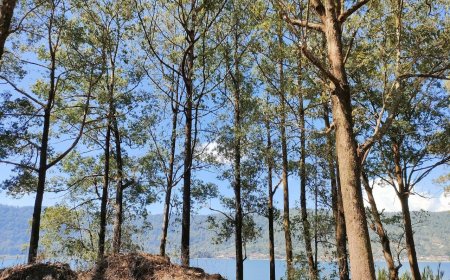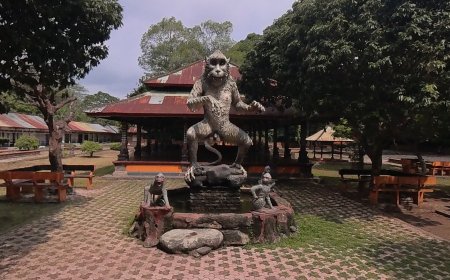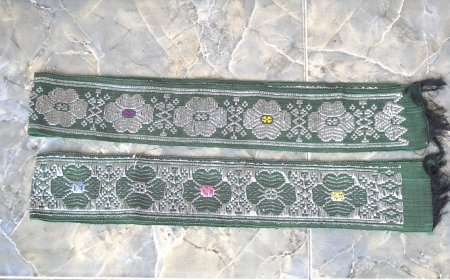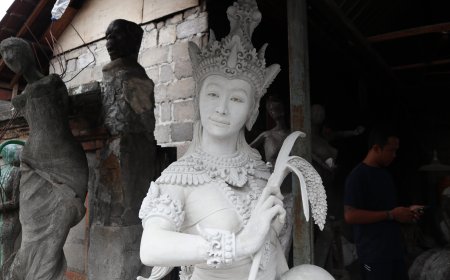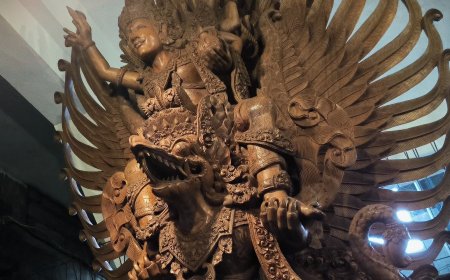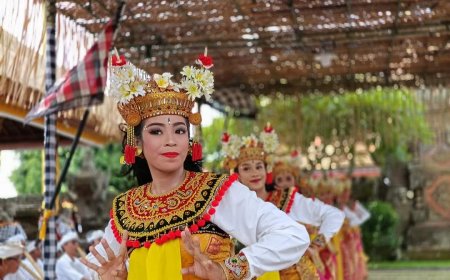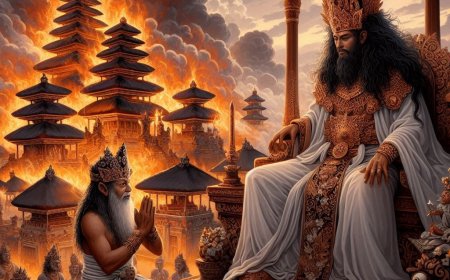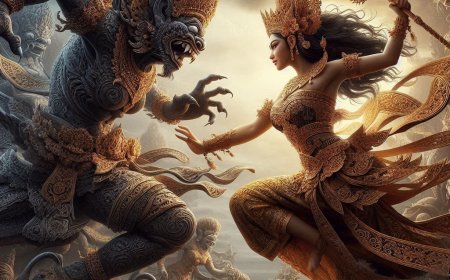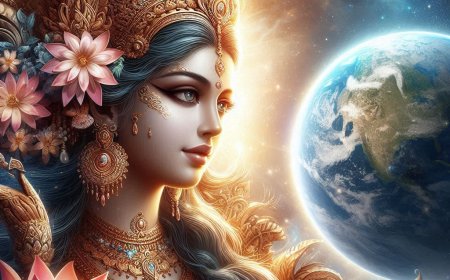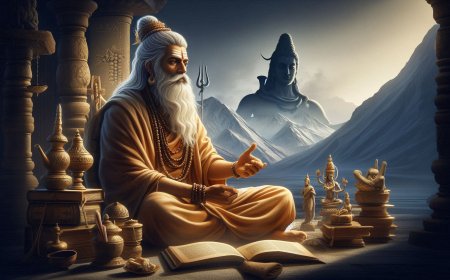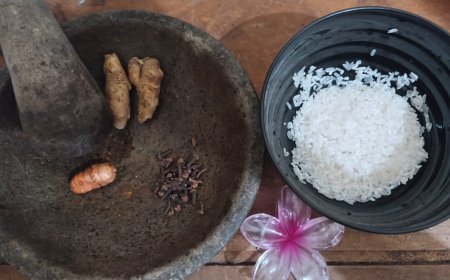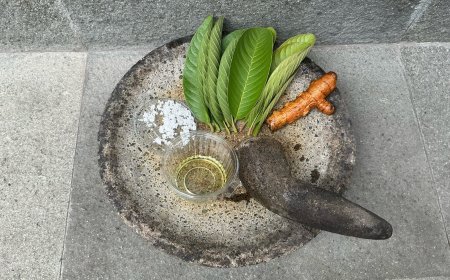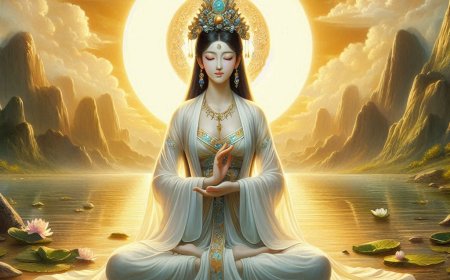After successfully defeating Ravana and saving Sita, Rama returned to Ayodhya in great glory. The city, which had long missed its leader, welcomed him with great joy and gratitude. The streets of Ayodhya were filled with cheering people, flowers scattered along the roads, and lively music accompanying their steps. Rama, with the faithful Sita at his side and the gallant Lakshmana, entered the city in a magnificent procession filled with majesty. The moment was historic, when Rama was crowned with great honor as the rightful king of Ayodhya, bringing peace and prosperity to the entire kingdom.
Rama ruled Ayodhya with wiseness, upholding the principles of truth and justice. His reign, known as Rama Rajya, was filled with peace and prosperity. Under his leadership, the people lived happily and in harmony. Every policy is based on dharma, ensuring justice for all, regardless of social status. Even though Ayodhya enjoys prosperity, Rama still feels deep sadness due to his sacrifices, especially the decision to exile Sita. Even though he was personally injured, Rama remained committed to maintaining justice and prosperity for his kingdom.
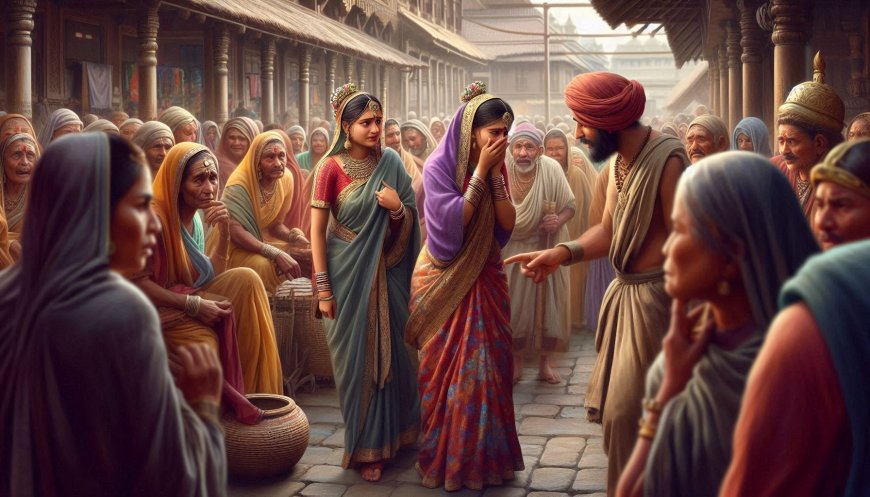
Shadows of Doubt in the Midst of Happiness (Source: Personal Collection)
Even though Sita had proven her chastity through Agni Pariksha, doubts remained among the people regarding her past while in Lanka. Rumors began to spread, questioning whether Sita remained pure during her abduction by Ravana. These gossips and speculations created a wave of discontent among the people of Ayodhya, putting Rama in a difficult situation even though Sita had been proven holy.
Rama faces a big dilemma. On the one hand, he knew that Sita was a chaste and loyal woman, but on the other hand, as king, he had to think about the will of the people and maintain the dignity of his kingdom. After struggling with this decision, Rama finally, with a heavy heart, decided to exile Sita in order to protect the good name of the kingdom, even though this decision was very painful for him.
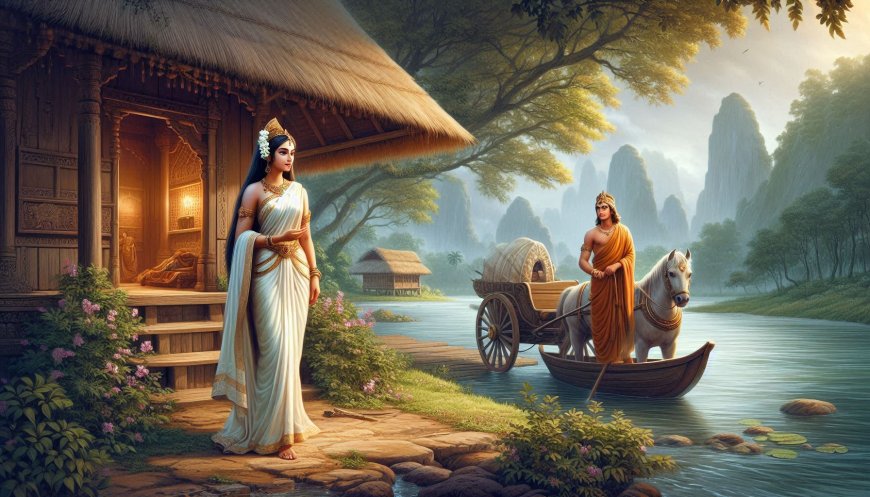
Exile on the Bank of the Ganges (Source: Private Collection)
Sita, who at that time was pregnant with twins, was taken by Lakshmana to the forest on Rama's orders. Lakshmana, although with a broken heart, left Sita on the banks of the Ganges, close to the hermitage of Rishi Valmiki. Sita, full of sadness but still strong, accepted her fate and began to live a simple life in Valmiki's hermitage.
Sita was warmly received by Sage Valmiki at his hermitage. There, he lived a simple life, far from the luxury of the palace. Sita found peace in the hermitage, even though the sadness of unfair exile still enveloped her heart. She looked forward to the birth of her children while praying and performing daily tasks under Valmiki's protection.
Under the guidance of Rishi Valmiki, Lava and Kusha grew into intelligent, strong and virtuous children. They studied science, philosophy, martial arts, and studied the Ramayana story written by Valmiki. They didn't know that the story was about their parents. Lava and Kusha became highly skilled in all things, and wisdom.
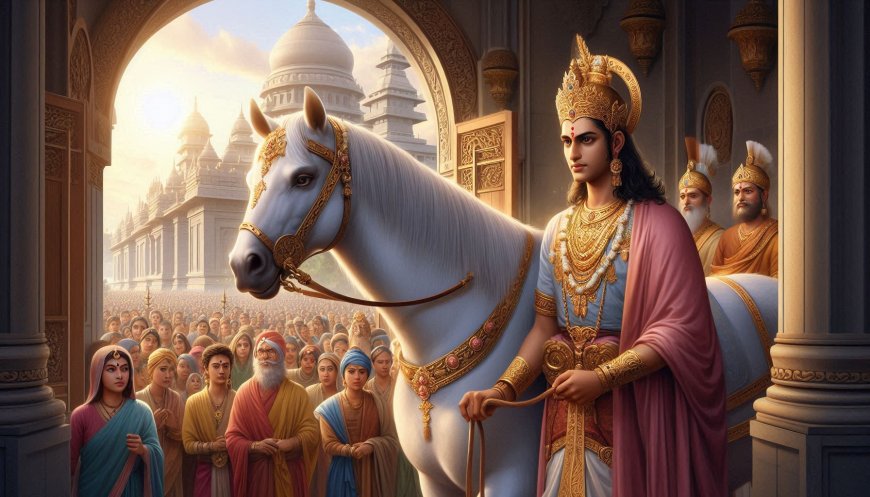
Ashwamedha Yagna (Source: Private Collection)
In Ayodhya, Rama decided to hold the Ashwamedha Yagna, a grand ritual to expand his power and assert his authority as king. A horse was released to roam the kingdom, and anyone who captured the horse was seen as challenging the king's authority. Many kingdoms let the horse pass as a sign of respect for Rama, but the horse's journey brings unexpected challenges.
When the horse arrived near the hermitage of Rishi Valmiki, Lava and Kusha, not knowing that the horse belonged to their father, captured it. They saw this as an opportunity to show their courage. Little did they realize that this action would trigger a series of unexpected events.
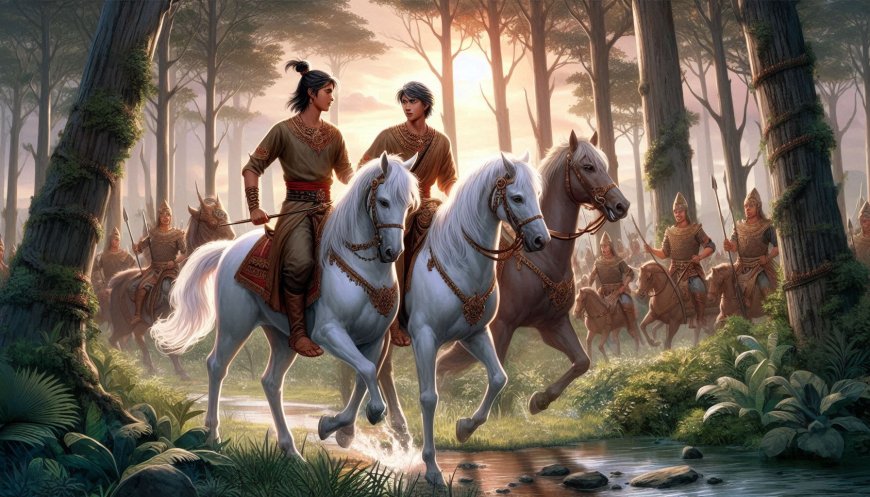
Resistance from Ayodhya Soldiers (Source: Private Collection)
Hearing that the horse has been captured, Ayodhya soldiers, including Bharata and Shatrughna, come to take the horse back. However, in the fierce battle, Lava and Kusha showed extraordinary skills in fighting and managed to defeat the soldiers, including their own uncles, although they did not realize it.
The news about two young men who succeeded in defeating the Ayodhya soldiers reached Rama's ears. Filled with curiosity, Rama decided to meet the two brave young men who had been able to defeat his troops. Rama was completely unaware that the two young men were his own sons, Lava and Kusha.
Before further fighting could take place, Rishi Valmiki arrived and revealed the identities of Lava and Kusha as the sons of Rama. Rama was shocked and filled with deep happiness when he found out that the two brave young men who defeated his troops were his own children, whom he had not known about.
At Rama's invitation, Lava and Kusha sing the story of the Ramayana which they have learned from Valmiki. With great pride and respect, they told all the events that occurred, including the exile of their mother, Sita. Rama listened with a mixture of emotions, from pride to sadness.
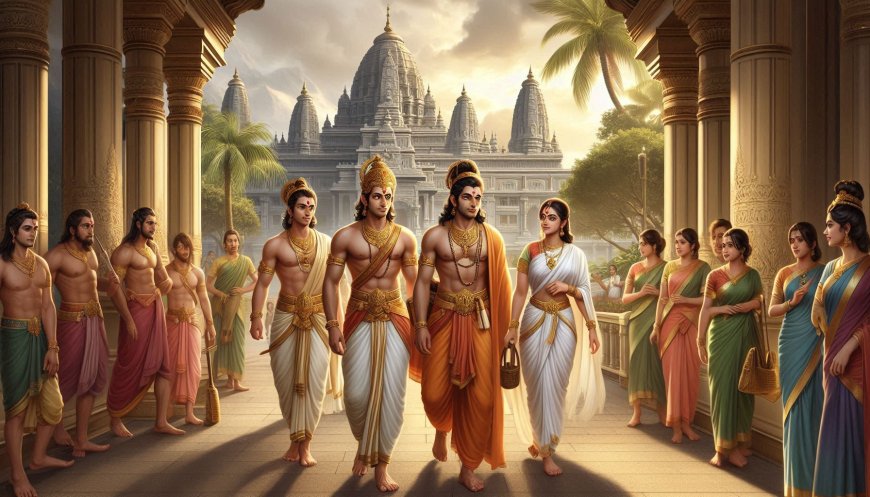
A Wait (Source: Private Collection)
Rama calls Sita to return to Ayodhya with Lava and Kusha, hoping to unite her long-separated family. However, as soon as this news reached the ears of the people of Ayodhya, doubts and rumors emerged again. They once again demanded that Sita prove her chastity, even though she had done so in the past. Pressure from people who are still dissatisfied makes the situation even more complicated. Even though Rama's heart wanted to accept Sita unconditionally, he was forced to face a big dilemma, caught between his love for Sita and his responsibility as a king.
Sita, having experienced enough suffering, refused to prove her chastity any more. In sadness and despair, he begs Mother Earth to take him back. The earth opened, and Sita was absorbed into the earth, returning to her mother, Pertiwi. The people and Rama watched this event with hearts full of sorrow.
Sita's departure left a deep wound in Rama's heart. Even though he had been reunited with his sons, losing Sita was a burden that continued to haunt his mind. Even though his heart was filled with sadness, Rama continued to carry out his duties as king with full dedication, prioritizing the interests of his people above all else.
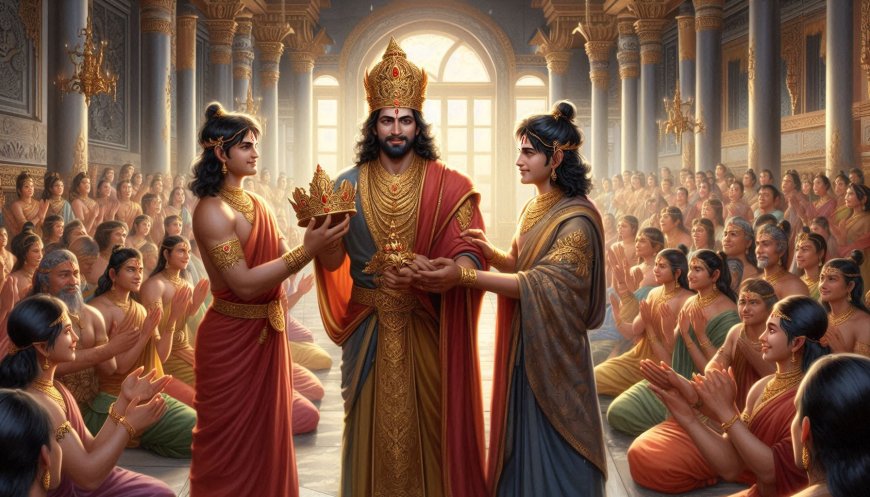
Preparations for the Successor to the Ayodhya Dynasty (Source: Private Collection)
Rama begins to prepare Lava and Kusha for the future as successors to Ayodhya. He gave them a thorough education in the art of governing, the values of truth, and justice. Carefully, Rama guided them, seeing great potential in his two sons to continue the legacy of just and wise leadership in Ayodhya.
After ruling for several more years, Rama felt that his time as a human on earth was over. He decided to end his life as a human and rejoin the gods. On the banks of the river Sarayu, Rama entered the river and attained moksha, liberation from the cycle of birth and death.
